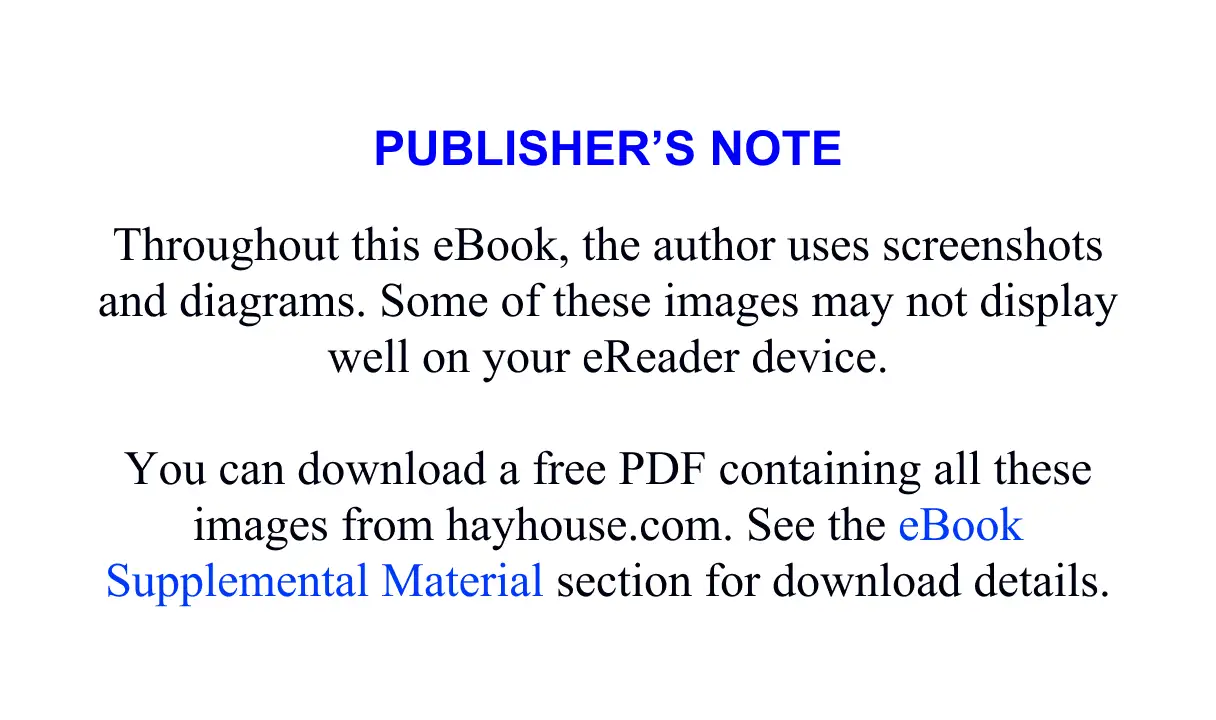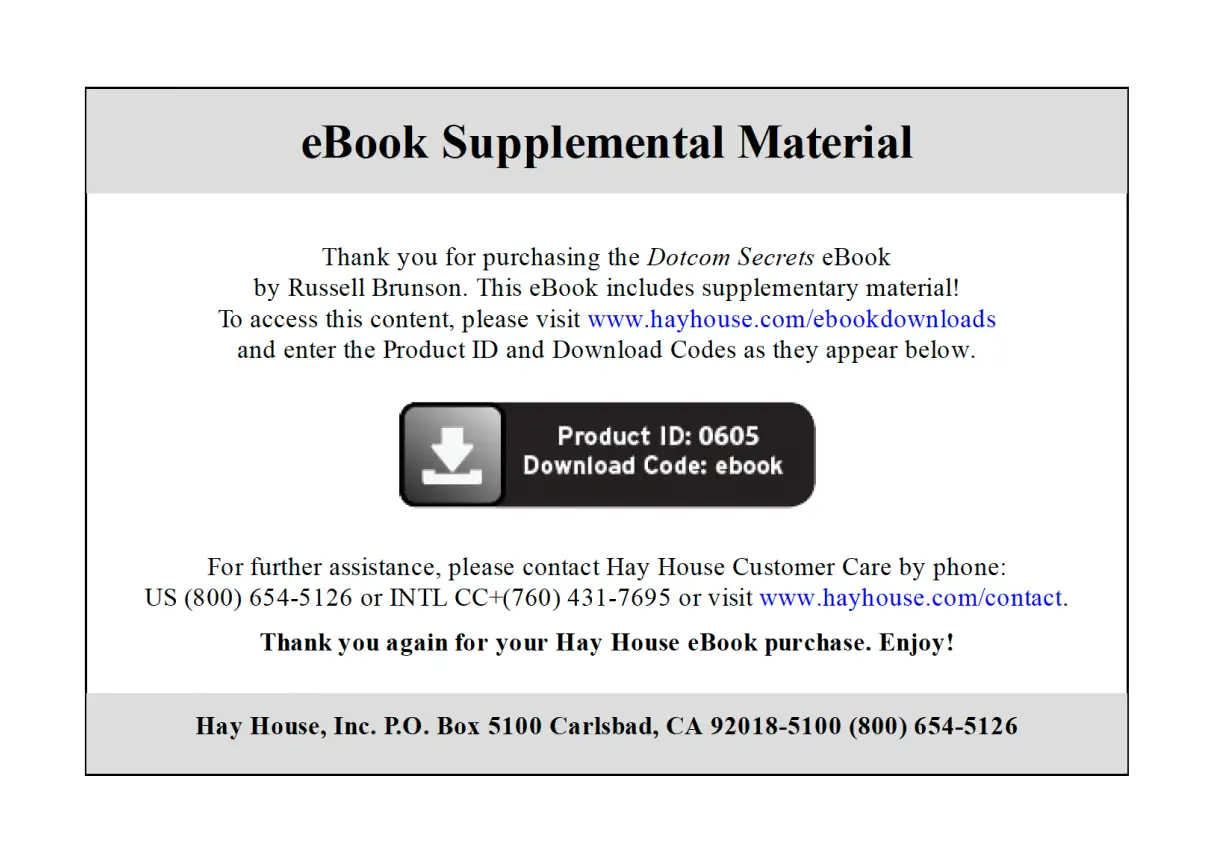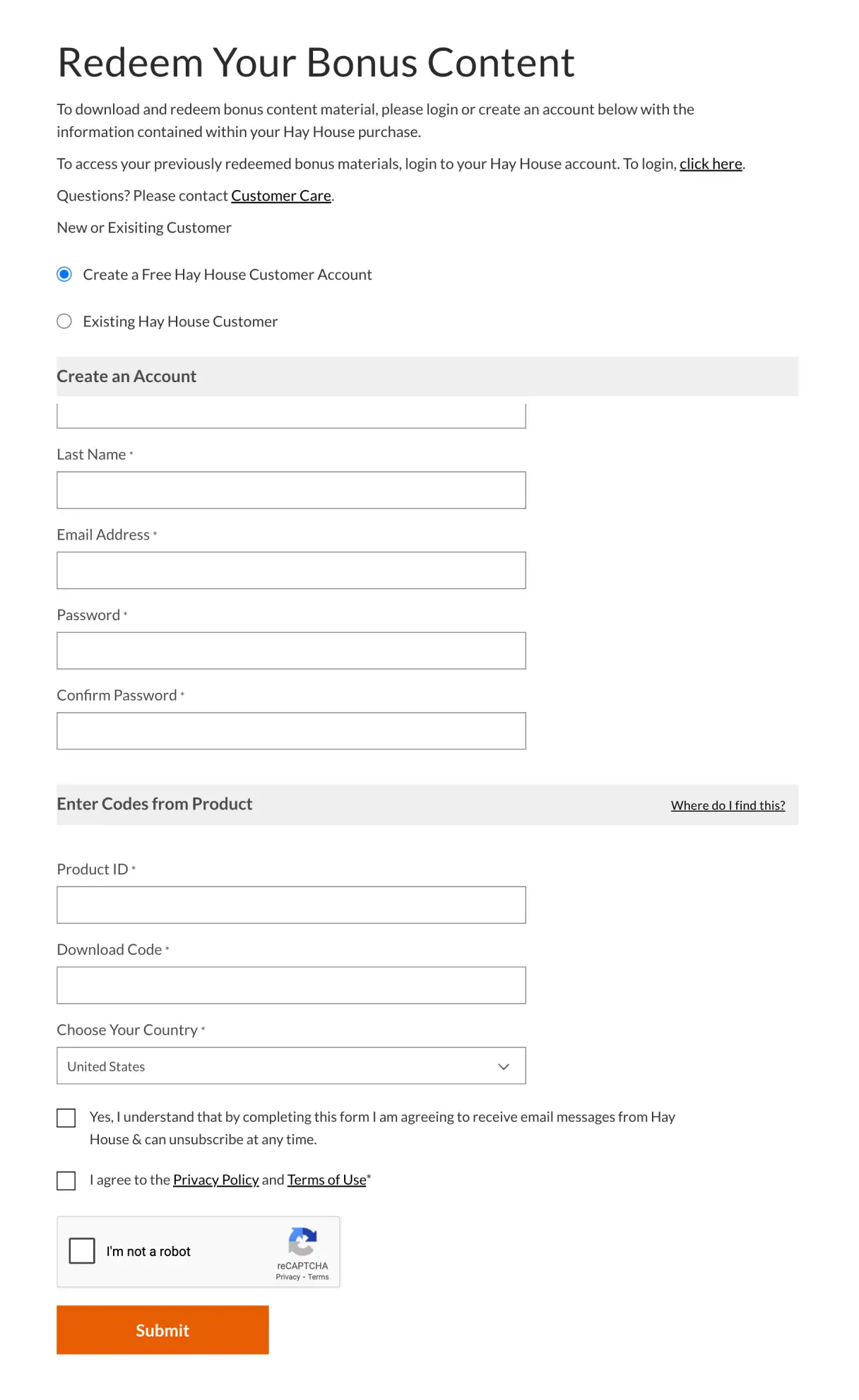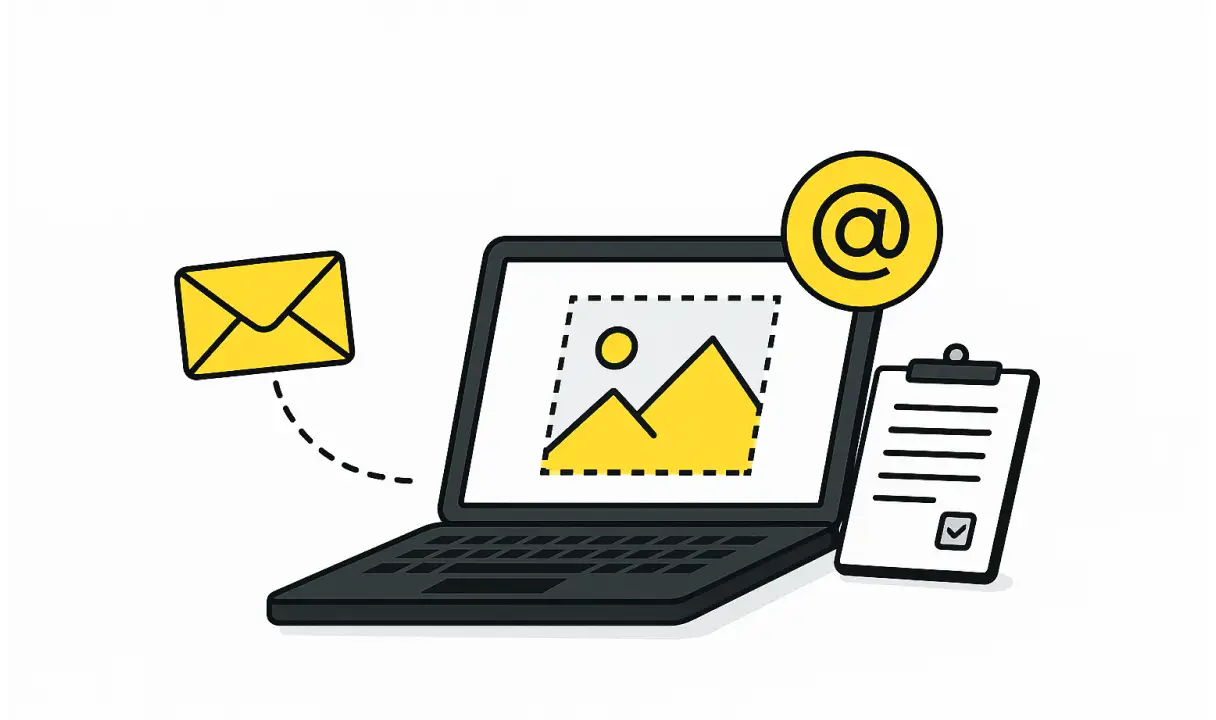A few days ago, I was reading Dotcom Secrets — The Underground Playbook for Growing Your Company Online with Sales Funnels by Russell Brunson.

In the very beginning, there’s a publisher’s note that reads:
“Throughout this eBook, the author uses screenshots and diagrams. Some of these images may not display well on your eReader device. You can download a free PDF containing all these images from hayhouse.com. See the eBook Supplemental Material section for download details.”

And following is the eBook Supplemental Material section.

When you visit their site, they ask for your email before sending the images. It’s such a clever way to build your mailing list organically. They turned a limitation (low-quality images in e‑readers) into a lead-generation funnel.

The logic chain goes like this:
E‑book → low-res images → curiosity/need → website → email capture → mailing list.
A Refined Version of Idea
1. E‑book Disclaimer Example
“Some images in this e‑book are optimized for e‑readers. For full-resolution visuals and design breakdowns, visit heygauravsharma.com and I’ll send you the HD gallery straight to your inbox.”
2. Landing Page Copy
- Headline: “Get the HD visuals from the book FREE.”
- CTA: “Enter your email and I’ll send you a downloadable gallery.”
- Bonus: Offer something small like a ‘Bonus chapter: The Making of This Design Book’ as a secondary motivator.
3. Automation Flow
Use a tool like ConvertKit to capture their email. Once they submit it, automatically send the HD image gallery along with a thank-you note. Then, gradually nurture them with design insights, new posts, and updates.
4. Result
Turn readers → subscribers → fans → potential buyers of your future products.
Why It Works Psychologically
- Curiosity trigger — People want to see the full image quality
- Reciprocity — You give them something valuable (the HD pack)
- Commitment bias — Once they give their email, they’re more likely to engage with you again.
